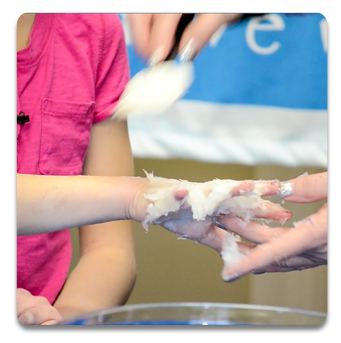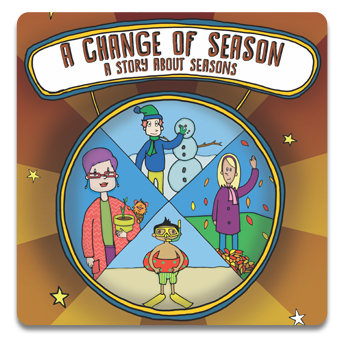Introduction
Brrrr…it sure is cold! How do animals keep warm during the cold winter?
Objectives
To demonstrate how animals that hibernate stay warm
Materials
Procedure
The helper will spread a thick layer of petroleum jelly over one hand on the volunteer. Be sure the jelly covers the hand thickly and completely. Place one of the plastic bags over the jelly covered hand, like a mitt, sealing it around the wrist. Next, the helper will put the second plastic bag on the volunteer's other hand (with no petroleum jelly). Attach it with a rubber band too. Make sure the rubber bands are not too tight! Fill the bowls half full of water. Put five ice cubes in each bowl. Let the ice cubes sit in the water for at least a minute so the water will get very cold. Now, submerge both hands in the bowls for at least 30 seconds.(Take hands out of the water if they begin to hurt before the end of 30 seconds.) Don't let the water get into the plastic bag.
Conclusion
The hand with the petroleum jelly should stay warmer than the hand without it. Petroleum jelly is an insulator and keeps the heat from escaping. The hand without the jelly does not have the protection and it loses heat much more quickly. This is very much like what happens to animals before they hibernate. They grow a thick layer of fat before they go to sleep for the winter. The fat keeps the animal's body heat from escaping. The body fat is also packed with energy. Some animals can live as long as nine months on their stored body fat. If an animal is unable to store enough body fat, it will have a lighter hibernation period and will awaken periodically to eat.This demonstrates one of many ways animals adjust to the change of seasons.

